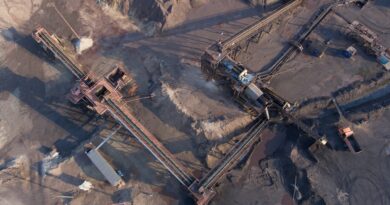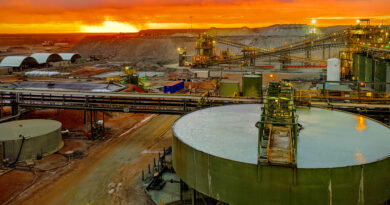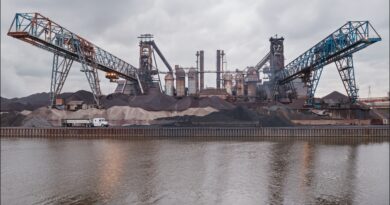AMSA steelmaking operations return to EBITDA profitability
VANDERBIJLPARK, South Africa – ArcelorMittal South Africa, in its Trading Statement and Business Update for the year ended 31 December 2020, has declared that headline loss for the period is expected to decrease by at least R1 000 million (headline loss for 2019 was R3 265 million), resulting in a decrease in headline loss per share by at least 30%.
An attributable loss for the period is expected to decrease by at least R2 200 million (loss for 2019 was R4 676 million), resulting in a decrease in loss per share by at least 47%.
2020 proved to be an exceptionally difficult year for AMSA with unprecedented challenges. Despite this, the year also proved to be highly transformative with constructive learnings, best demonstrated through the Company’s return to EBITDA profitability in the second half of the year, in sharp contrast to the significant first half loss materially influenced by the hard-economic lockdown.
The pandemic necessitated the accelerated implementation of the Company’s ongoing restructuring program realising sustainable cost benefits. Almost without exception, major steel making economies around the globe struggled to respond to meet demand in a timely manner. Internationally, this restoration effort remains a work-in-progress.
Against the backdrop of a difficult 2020 resulting in temporary backlogs (which are being progressively addressed) due to the hard lockdown and consequent production interruptions, as well as destocking in downstream steel market inventories, the decision was made to restart the second blast furnace at Vanderbijlpark in December 2020 to support flat steel supply.
It was also decided that the electric arc furnace at Vereeniging, which was scheduled to be placed under care and maintenance in the third quarter of 2020, will continue to operate for the foreseeable future in support of long steel supply.
Rising international steel prices, particularly in the fourth quarter of 2020, were the consequence of global supply steel shortages due to a sharper than expected recovery in virtually all international markets, nine-year-high iron ore prices, and increasing scrap and other raw material prices.
By late December 2020 and into early January 2021, international steel prices rose to levels last seen in 2008.




